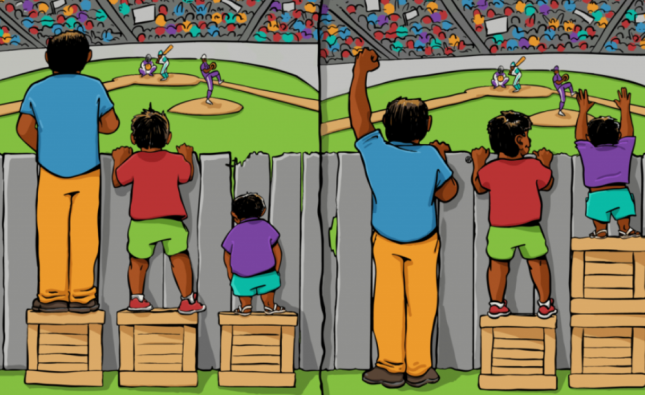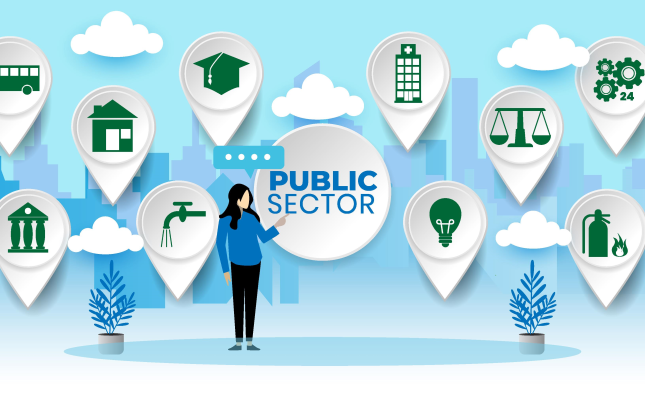
Resilient communities are those that are able to adapt, recover, and thrive in the face of challenges such as natural disasters, economic downturns, or social unrest. Building resilience requires a comprehensive approach that involves government, civil society, and businesses working together to address the root causes of vulnerability and strengthen local capacity.
Governments have a critical role to play in this process, as they have the power to enact policies and allocate resources that can support community resilience. Here are some innovative ideas for building resilient communities through government initiatives:
- Community Resilience Hubs: These are centralized locations where residents can access a range of services and resources, such as disaster preparedness training, mental health support, and job training. These hubs can be established in existing community centers or public facilities, and can serve as a focal point for building social connections and strengthening community cohesion.
- Green Infrastructure: Building resilience requires not only addressing current vulnerabilities but also adapting to the impacts of climate change. Governments can invest in green infrastructure, such as rain gardens, green roofs, and urban forests, to help mitigate the effects of extreme weather events and reduce the urban heat island effect. This can also provide opportunities for job creation and economic development.
- Participatory Budgeting: Giving residents a voice in how government funds are allocated can build trust and engagement, and lead to more equitable outcomes. Participatory budgeting involves residents in the decision-making process for allocating public funds, allowing them to propose and vote on projects that address community needs.
- Social Impact Bonds: These are innovative financing mechanisms that allow governments to partner with private investors to fund social programs that address specific community needs. Investors provide upfront capital, and if the program is successful in achieving its goals, the government repays the investors with interest. This can incentivize private investment in areas such as affordable housing, workforce development, and early childhood education.
- Data-driven Decision Making: Governments can use data analytics to identify community needs, track progress, and evaluate the effectiveness of programs. This can help ensure that resources are directed to areas of greatest need and that programs are adapted as needed to achieve their intended outcomes.
These are just a few examples of the innovative ideas that governments can use to build resilient communities. By taking a comprehensive and collaborative approach, governments can help create communities that are better able to withstand and recover from adversity, and that provide a high quality of life for all residents.









